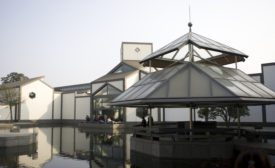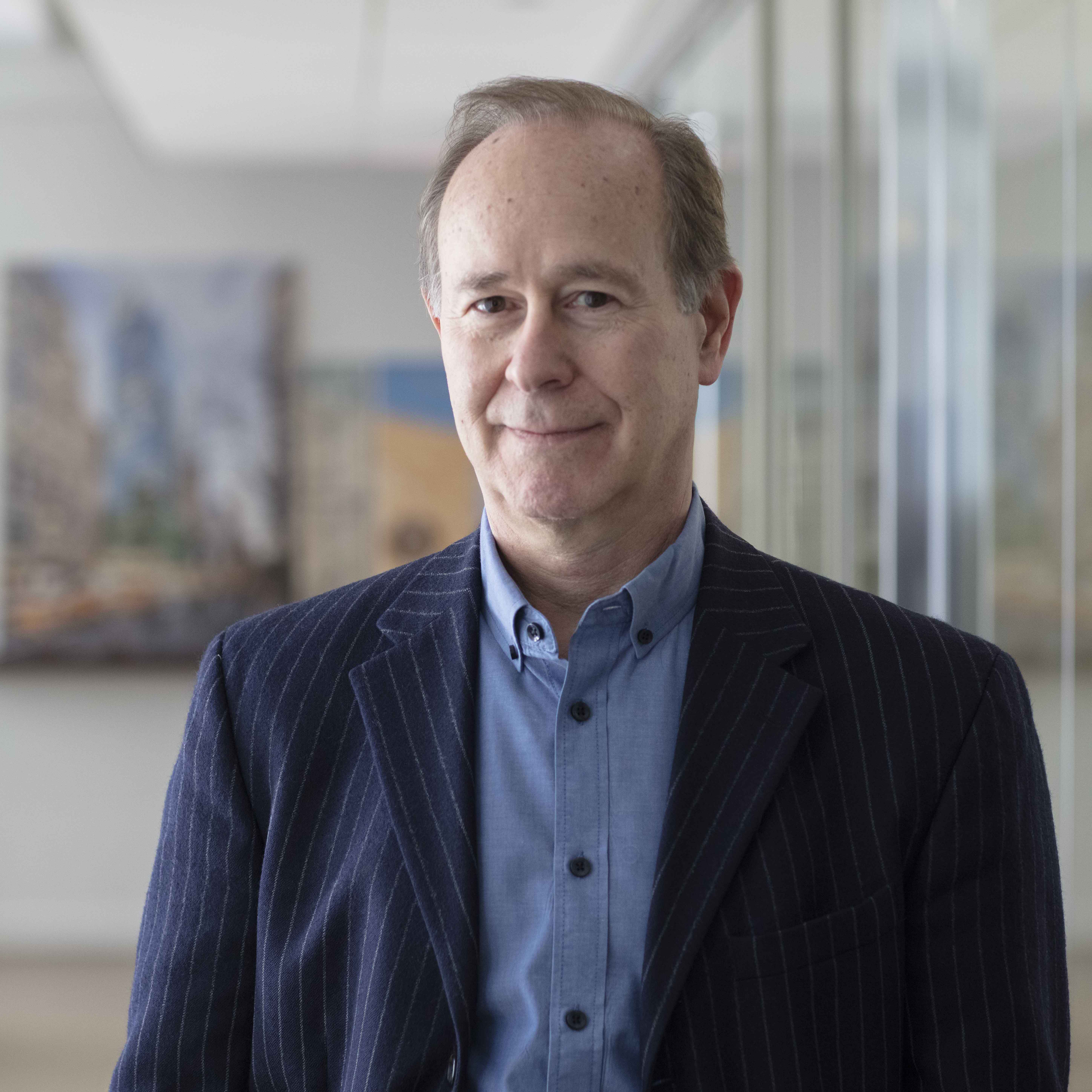Architecture Project Portfolio
Della Valle Bernheimer's thoughtful renovation of the Paul Rudolph Penthouse in New York rises from his original intentions
Read More
Eglise Saint-Pierre de Firminy-Vert
Le Corbusier and Jose Oubrerie are unusual collaborators on the Eglise Saint-Pierre de Firminy, whose design took 43 years to complete in the Loire Valley.
Read More
Chesapeake Boathouse
Rand Elliott adds a delicate shell to the banks of a reinvented river for the new Chesapeake boathouse in a renewed downtown Oklahoma City
Read More
Meinel Optical Sciences Expansion
Rich'rd and Bauer designs an outstanding laboratory space for the Meinel optical sciences expansion at the University of Arizona in Tucson
Read More
Centro Das Artes ' Casa Das Mudas
Paulo David creates a cliffside plateau, carved with a labyrinth of spaces at Casa das mudas Centro das Artes in coastal Madeira, Portugal
Read More
Provincetown Art Association and Museum
Machado and Silvetti challenge and benefit a historic seaside community with the Provincetown art association and Museum
Read More
Wayne Lyman Morse United States Courthouse
In Eugene, Oregon, Morphosis creates a U.S. Courthouse that provides common ground for people with different points of view
Read More
Janelia Farm Research Campus, Howard Hughes Medical Institute
Rafael Viñoly burrows into the earth to create the Janelia Farm Research campus for the Howard Hughes Medical Institute in Virginia
Read More
Copyright ©2025. All Rights Reserved BNP Media.
Design, CMS, Hosting & Web Development :: ePublishing


